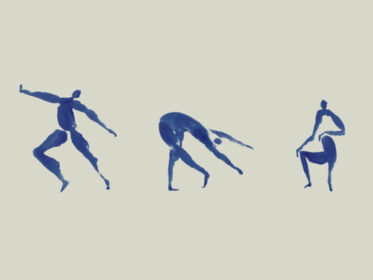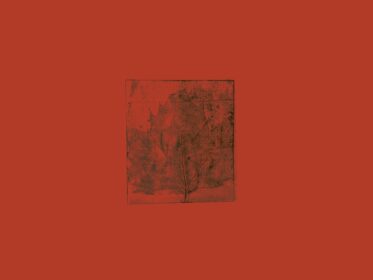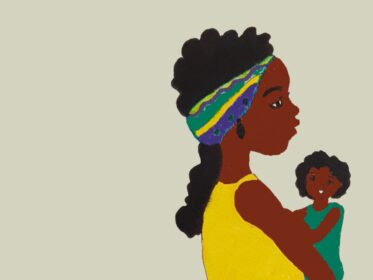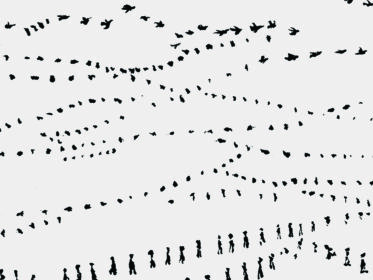
Movement: Bodies in Motion
We are born through movement.
From our youngest days, we are nurtured to move, to grab, to crawl. We are taught how to walk, how to run, how to climb.
Through this journal, we are inviting you into a new way of thinking and doing, one which begins with questioning everything we take for granted. In particular, how we contribute – or think we contribute – to a better world. We will not have all the answers, but we want to ask better questions.
The questions we ask are not about the answers, nor are they about new ideas. There are enough ideas out there to reinvent the world several times over. As Audre Lorde said “there are no new ideas still waiting in the wings to save us… There are only old and forgotten ones, new combinations, extrapolations and recognitions from within ourselves – along with the renewed courage to try them out.”

We are born through movement.
From our youngest days, we are nurtured to move, to grab, to crawl. We are taught how to walk, how to run, how to climb.

By Kerry Whigham. We see the past through two lenses that inform each other, that overlap: history and memory. History encompasses everything that occurred in the past. The facts. The events. The dates…

by Irene Caselli. I recently took my son on a trip to a small village in Ghana, near the city of Kumasi. There we met Adjoa, a young girl who told us the story of her older sister: a wooden doll named Akua’ba that her mother carried on her back before Adjoa was born.

This is an extract of a conversation between Veronica Yates and Harsha Walia from the third edition of our magazine on Movement. What Lies Beneath is a magazine that explores big issues facing humanity from the intersection of human rights and the arts.